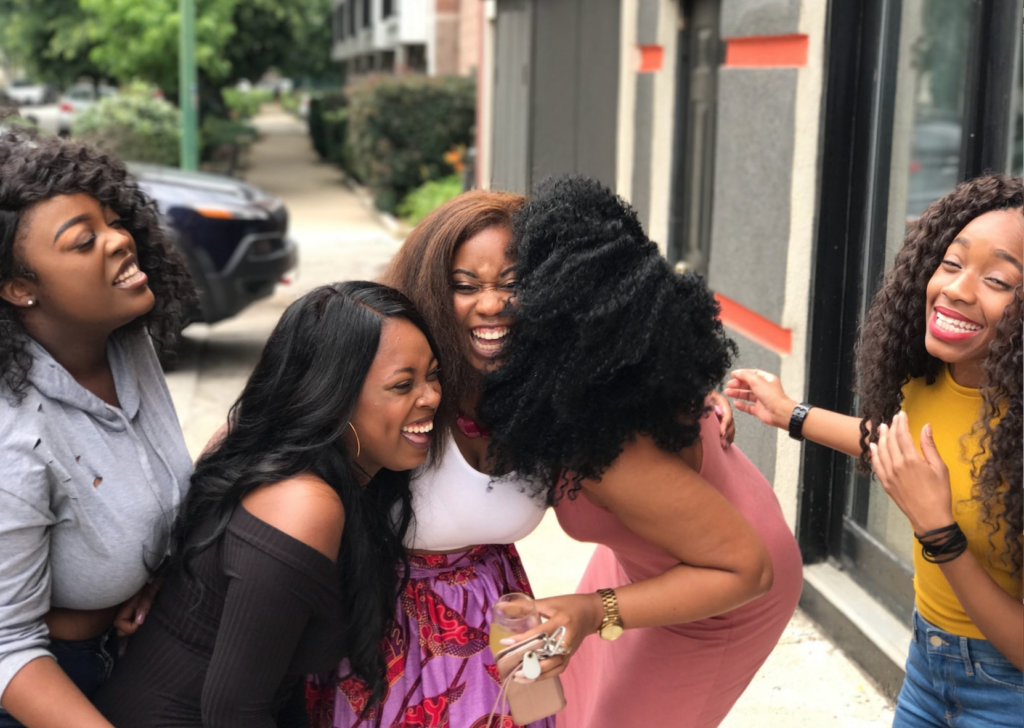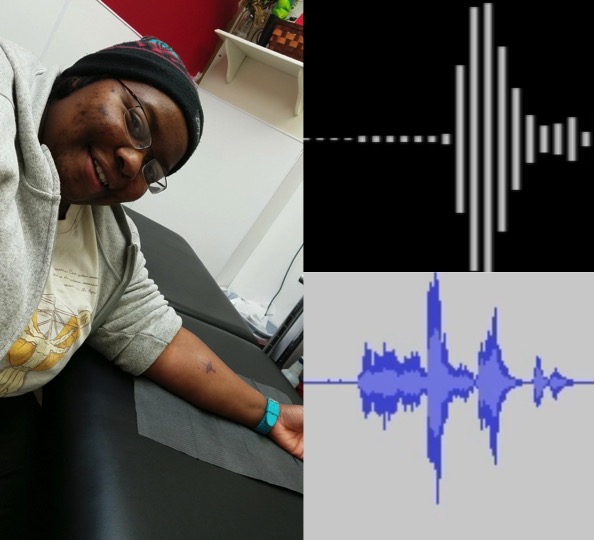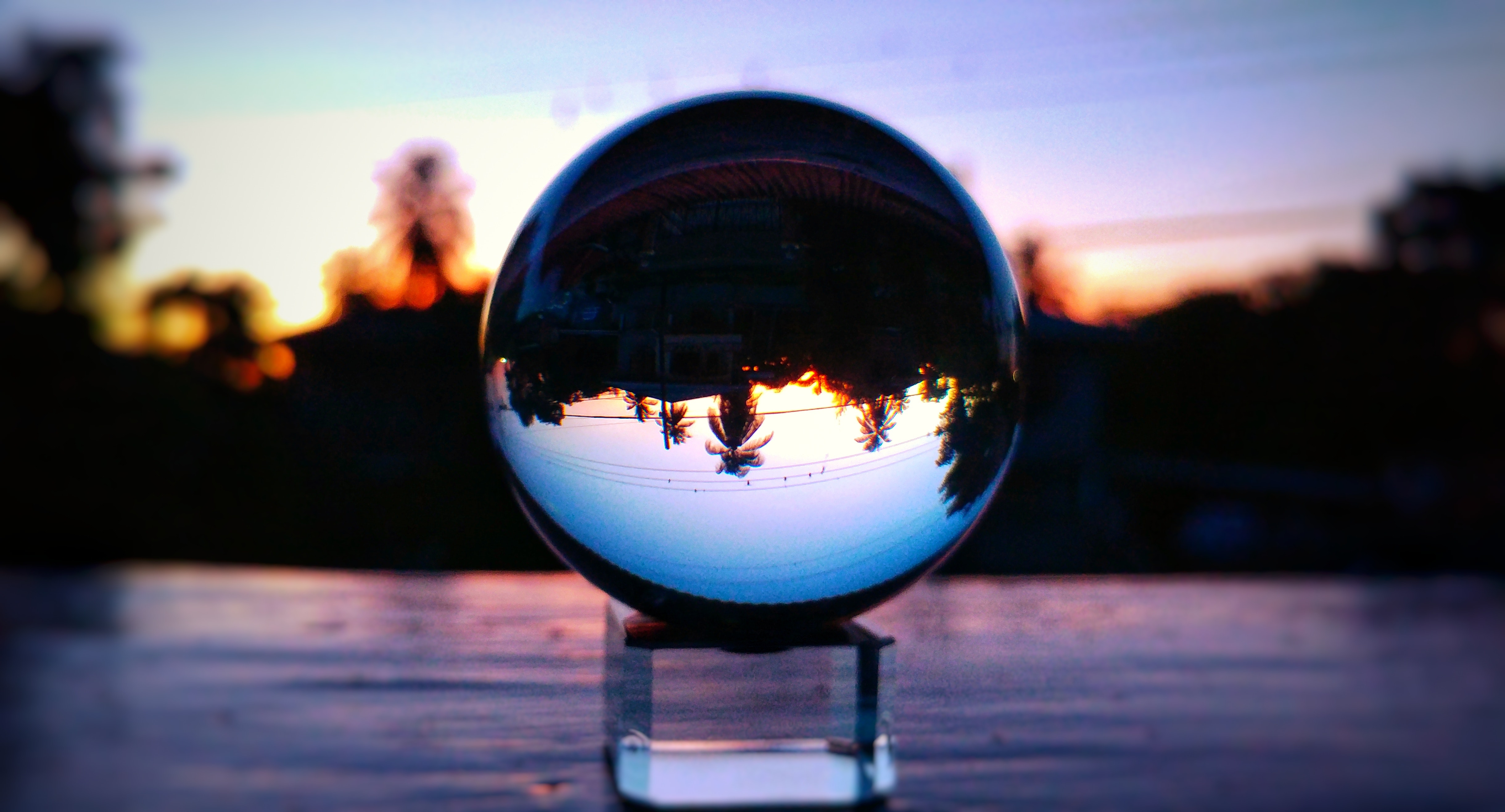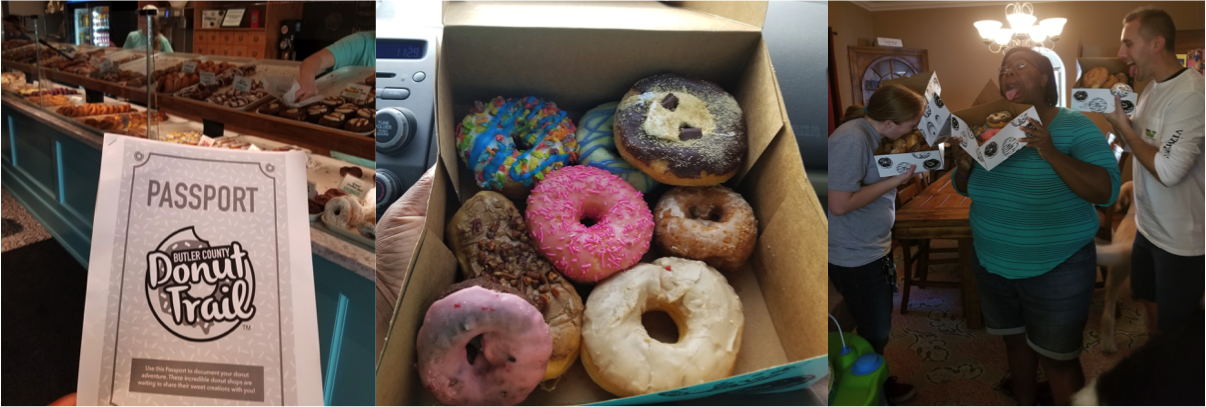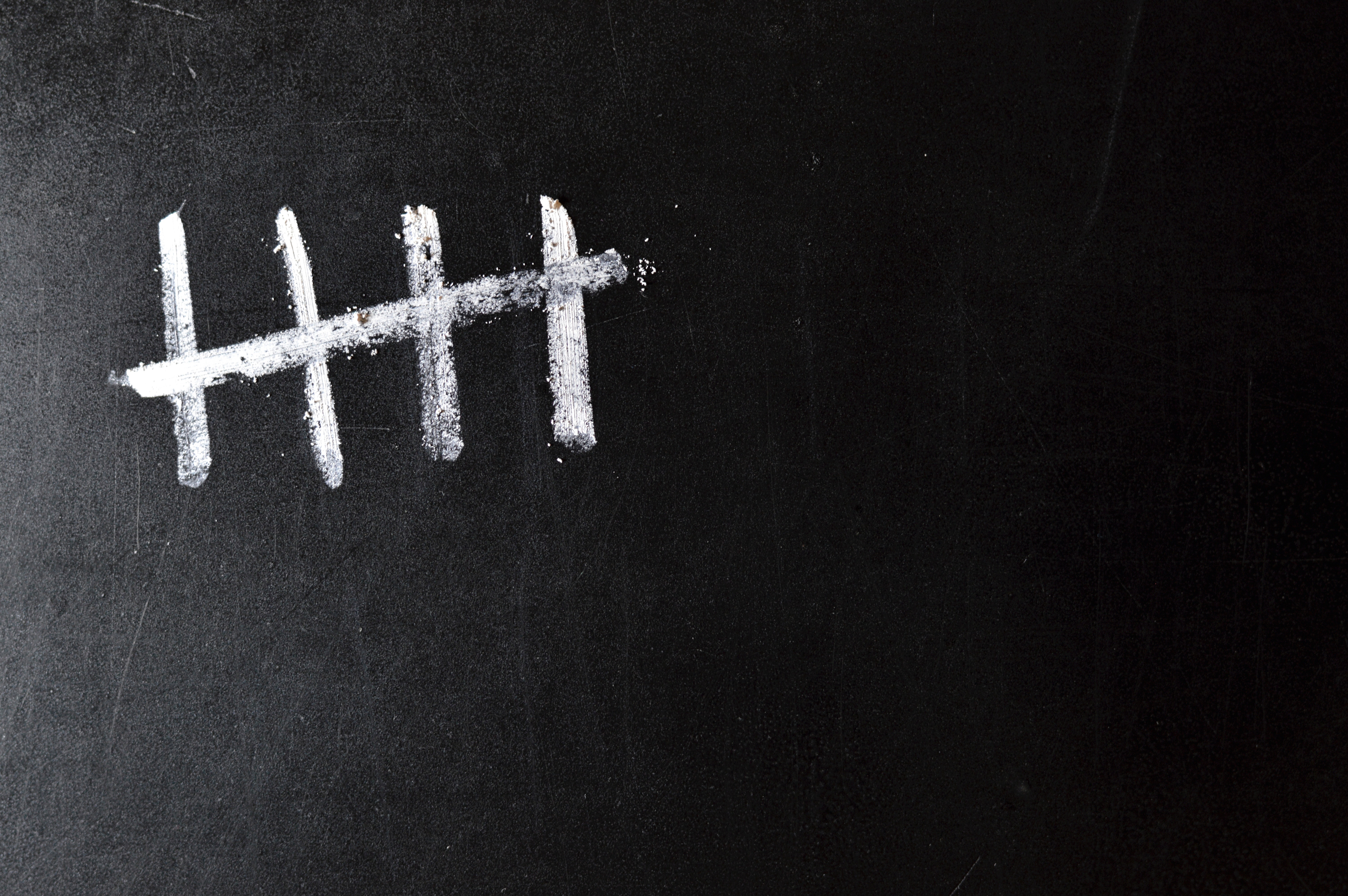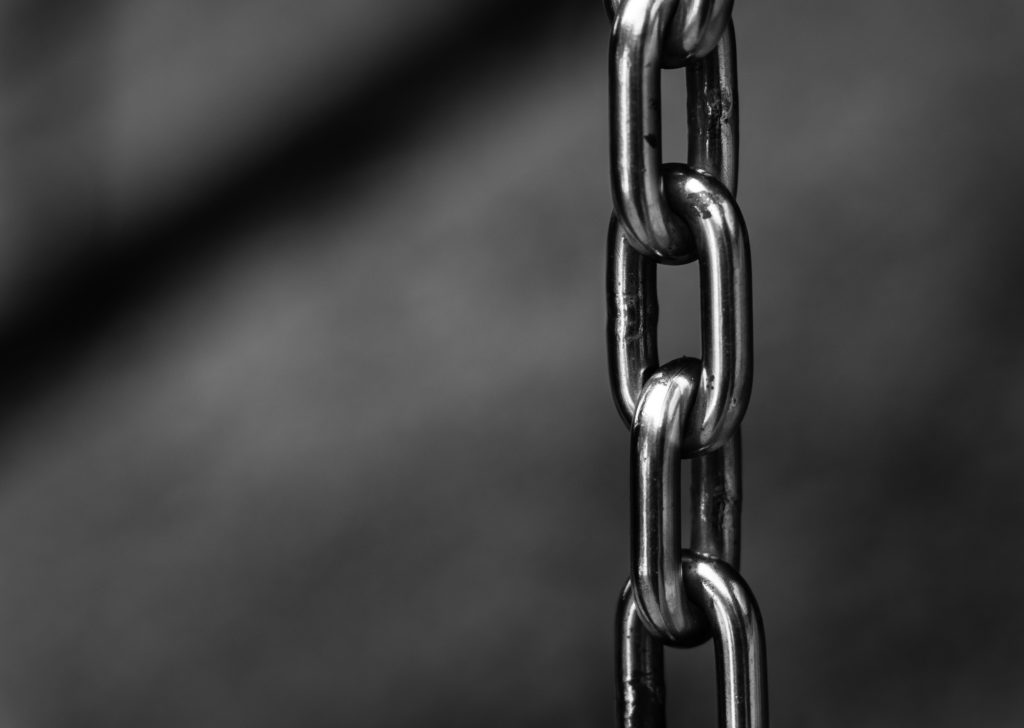
I originally wrote this piece a week ago. Tomorrow is the big day and I couldn’t be more excited! The reflection I wrote below has everything to do with how great I’m feeling now.
Mental Prep for Murph
This past week I remembered that Murph is coming up soon, and I felt literal dread.
Murph is a hero workout (WOD) in Crossfit that is done every Memorial Day to honor a Navy Seal, the late Michael Murphy. To learn more about the workout and why we do it, check out this article. In short, Murph is once a year, and it’s a really big deal.
The workout entails:
1 mile run
100 pull-ups
200 push-ups
300 squats
1 mile run
All For Time
I felt a knot in my stomach. I felt horrible because I remember how badly I felt mentally and emotionally after last year’s Murph.
I did worse in 2019 (by like a minute or 2) than I did in 2018. I was so upset because through Crossfit I’m supposed to see continued improvement in my fitness, not go backwards. Even during the brunch and celebration my gym had afterwards, I was a little withdrawn.
I think it’s my perfectionism–no, I KNOW it’s my perfectionism. I put so much pressure on myself to continually be moving forward that when I have a bad performance my reflex is to criticize and berate myself for all my previous decisions. I literally was thinking of all the missed workouts and poor food choices and saying to myself, “Way to effing go! I can’t believe you’ve done this?!”
But that doesn’t help at all. After a day or two of my pity party, I tried to channel that energy into future training (similar to Mat Fraser’s strategy after the 2015 games). I said, you know what, what’s done is done. I’m gonna focus on 2020 Murph. I have a whole year to get my fitness life together and crush Murph like never before.
*In SpongeBob narrator voice* One year later
Welp, that didn’t happen. In fact, I’m arguably in way worse shape than last year. And that’s not accounting for Covid-19. It was as early as November-ish 2019 when I just sort of fell off the wagon. I don’t recall anything dramatic happening that led to this. Instead I just slowly stopped showing up, slowly started eating takeout way more, and by the end of the year I was not looking like much of an athlete.
So now what? Well, in the time of Covid I’m learning a lot about my mental fitness. I’ve trained so much of my mindset through 2 years of CFI (CrossFit of Ithaca). I am mentally tougher than I’ve ever been. And a lot of that recent growth was due to mentally trying to return to Crossfit in early 2020 after falling off the wagon. It was tough to see brand new people crushing their fitness goals. Meanwhile, here’s me, the supposed 2-year veteran who is noticeably heavier and less mobile.
But I had to celebrate how far I’ve come. I think of it like a graph of the stock market or any measurement over time. We can go up and down, high and low, but the x-axis of the graph keeps extending to the right. Time keeps going. That prolonged impact of being a Crossfit athlete isn’t negligible. And it’s not like that experience gets totally canceled out by a low point on the y-axis of the graph. I’m still making forward progress.
It’s easy to be psyched about being an athlete when you feel you’re at your peak. It’s really really tough when you’re trying to approach a workout while also having contempt for your out-of-shape body. That’s when I had to stop and recalibrate. I REFUSED to disrespect my body that way.
Crossfit and my performance during a workout should always feel POWERFUL, not punitive. I needed to re-shift my perspective and show gratitude for all that my body can do. One way I do this is by doing lunges.
When I started Crossfit I couldn’t even touch the floor with my knee doing a lunge. I had to hold on to a post, and I could still only lower my knee a little. My knee was probably still a good 8 inches from the floor. Now I can lunge, I can do walking lunges and Samson lunges, I can do a lunge with a 35lb dumbbell on my shoulder, and I can lunge with a 35lb dumbbell extended overhead. That’s wild to me! That kind of improvement in strength, mobility, and range of motion cannot be captured on a scale. And for that I’m grateful.
I love that recently my gym adopted the motto “Health. Happiness. Gratitude.”
It could not sum up my new goals more perfectly. These 3 words became my beacon, my north star. I remember that I’m still making progress forward for my health. I feel happy when I can complete a WOD and be more intentional about my nutrition because I know I am prioritizing my health. And I am grateful for my body, my coaches, and my CFI community that make it all happen.
So next Monday, a week from today as I write this, I will complete Murph for the third time. I’m not even looking up my times from the last years because I don’t care.
Yes, self-improvement is usually important, but at what cost? I’ve come to realize something important about my unhealthy obsession.
The pursuit of ruthless and unrelenting self-improvement is merely a mask for perfectionism.
I’m done wearing that mask.
I’m going to do my best, and I’m going to celebrate another year of fitness. I’m going to feel like a rockstar when I’m completing the workout.
I will be so happy and so full of gratitude!
I may not be as strong or as fast as I was last year, but I know I am mentally much tougher.
No matter how long you stray off course, what’s between your ears doesn’t atrophy.
Bring it on.



